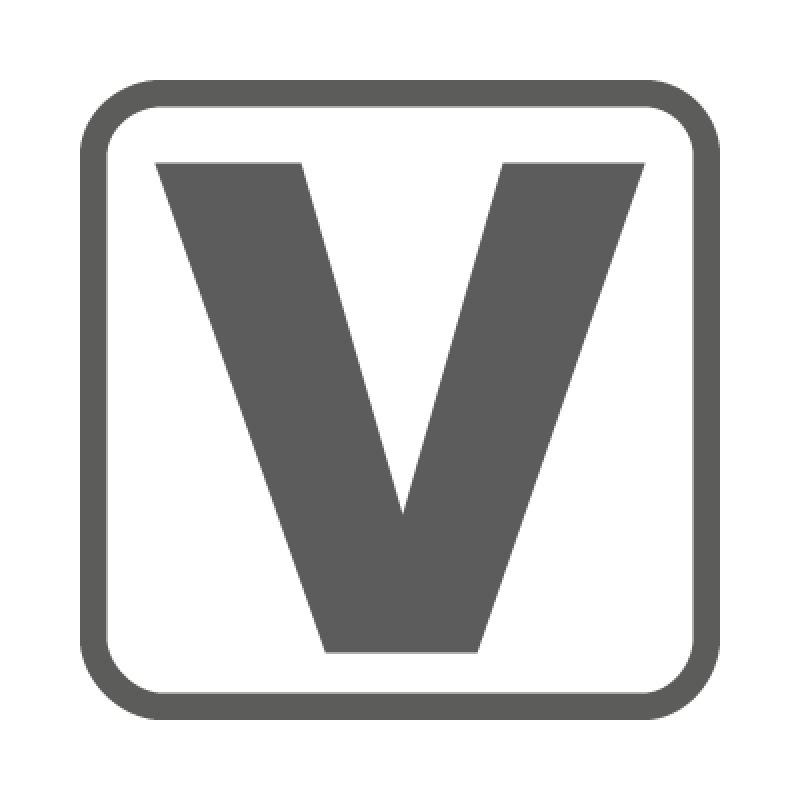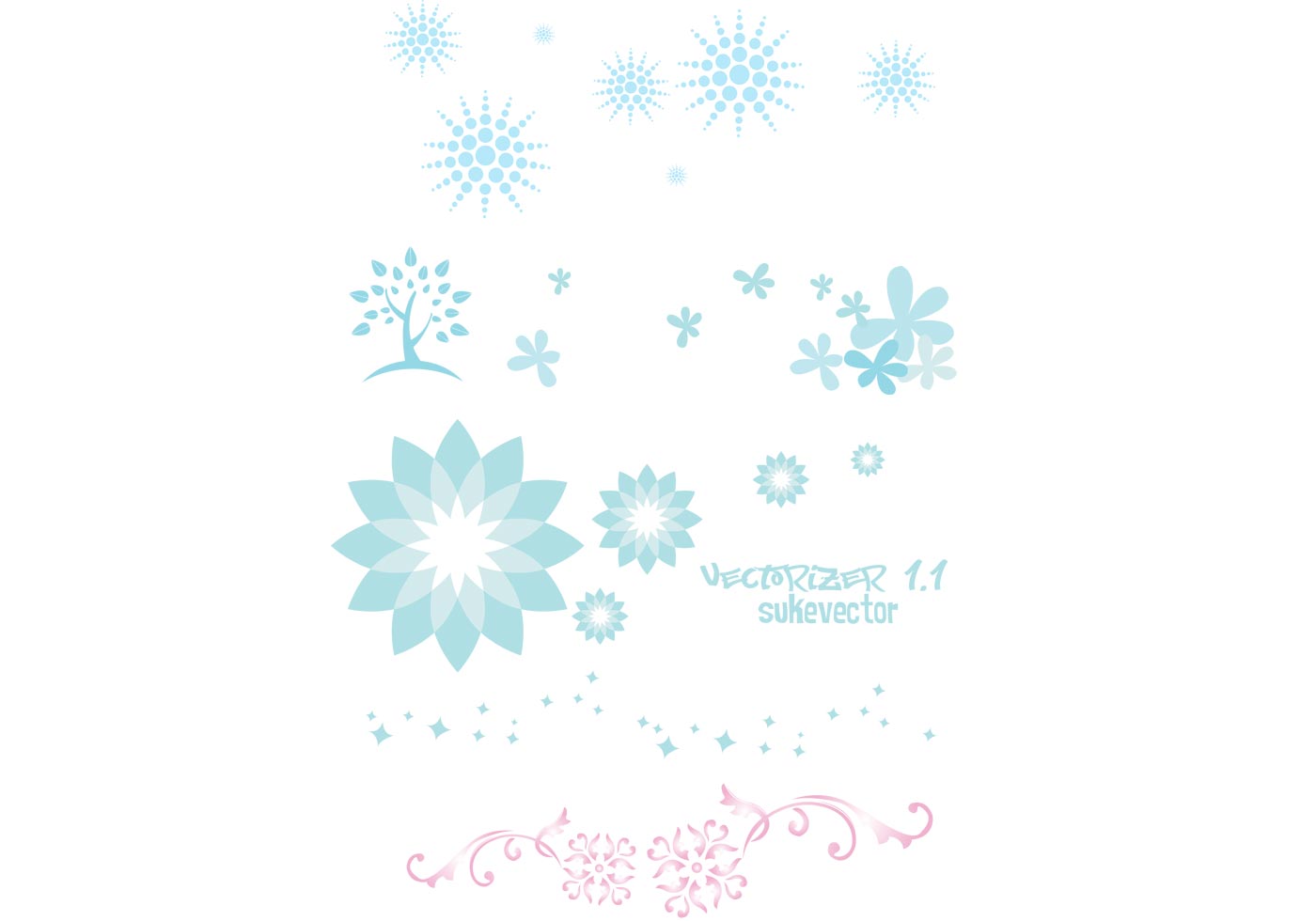
- IMAGE VECTORIZER FOR WINDOWS MANUAL
- IMAGE VECTORIZER FOR WINDOWS SOFTWARE
- IMAGE VECTORIZER FOR WINDOWS FREE
IMAGE VECTORIZER FOR WINDOWS MANUAL
The raster image needs some manual cleaning at least when everything is black on white. They may claim "automatic tracing", but that's not 100% true.
IMAGE VECTORIZER FOR WINDOWS FREE
Then there are the general geographic information systems (=GIS, free and commercial ones) They are monsters which have also tools for converting raster images of maps to vectors. The next has so high price that I have not even bothered to ask a trial: (see NOTE1)

One low cost commercial example I have tried (and it worked): Vextractor. They do remarkably better vectorizing job than Illustrator or Inkscape, which fail where lines join or have crossings. There are available special tracing tools for engineering drawings and maps which take into the account that the original was of a certain image type.
IMAGE VECTORIZER FOR WINDOWS SOFTWARE
Overlapping shapes are almost a total failure, as the software knows nothing about the specific shapes. Also the larger the bitmap, the better the results seem to get, and so it's very much dependent on the quality of the original bitmap. It seems to do curves better than corners. Trace results for separate shapes are OK (or should I say OK at a distance), but nowhere near perfect on closer inspection. I've no idea, and this is merely speculation.Īnyway this is an example of Inkscape's centreline autotrace Might be possible some day, or perhaps someone is working on something like that already. When you start talking about computers "knowing" things, that implies AI, some kind of pattern/shape recognition, probably using a database of example images to check against. I think that would require some kind of AI subroutine (or human) to recognise specific shapes and separate them out before tracing commences, more than just an algorithm. It can work reasonably well on simple shapes which are separate, but will mess up spectacularly with anything more complex such as overlapping shapes, or lines which cross over each other. Perhaps centreline autotracing is what you are looking for, however it has its limitations. Therefore, does such an algorithm/software designed to re-vectorized rasterized vector images exist? However, I don't know of such software should it exist. To my knowledge, an antialiased line should indicate the (approximate) subpixel location of a line that passes through a 2x2 pixel area, therefore it seems probable that some software might be able to use this assumption to extract some additional information to ensure the resulting vector passes through/near the approximated subpixel location. is not recoverable, but close approximation (closer than most path tracing algorithms that show up on the first page of Google results) seems realistic. Obviously the original Bezier handle information, etc. It seems to me that, given the knowledge that an antialiased raster image was created from a vector, that some degree of deriving a mathematically accurate vector should be feasible.

I am aware of general purpose path tracer algorithms such as the ones that Inkscape comes with, however they tend to do quite poorly with regular basic shapes (such as a rounded rectangle) that are supposed to be uniform and mathematically prefect. Specifically, I'm interested in software/algorithms designed explicitly to convert antialiased, two-color raster images that were known to be created from vector images back into a vector format.

Many questions have been asked about the general practice of converting rasterized images into a vector format, but this is not quite the same question I am asking.


 0 kommentar(er)
0 kommentar(er)
